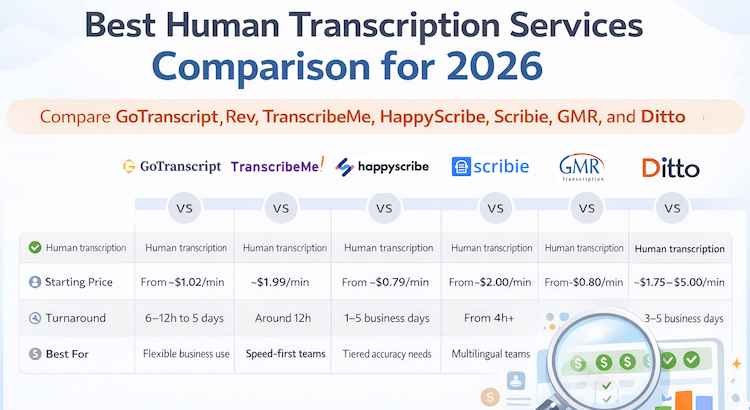How Telehealth Services Are Evolving to Meet Patient Needs
Telehealth has grown rapidly in recent years. The COVID-19 pandemic led to a sharp increase in remote health care services. Even as the pandemic winds down, new challenges like virus variants keep telehealth in demand. Health providers are now using new tools to make remote care better for everyone, especially vulnerable groups who need medical help the most.
What Is Telehealth?
Telehealth is the use of electronic information and telecommunication technology to provide health services and share medical information. Patients can see doctors and nurses, get advice, and access records—from home or any remote location.
- Appointments can happen over video calls or phone
- Doctors share test results and advice by message or secure apps
- Remote devices can track patient data and send it directly to healthcare teams
Telehealth Usage Is Rising Fast
Telehealth has become much more common. In March 2020, only about 0.15% of healthcare visits took place via telehealth. By March 2021, that number jumped to 13% of all visits (McKinsey, 2021).
- Patients turned to telehealth during stay-at-home orders
- Hospitals began offering more remote care options
- Digital health tools help people get care without travel
Why Telehealth Matters
Telehealth brings important benefits to both patients and health care providers.
- Increases access for people who live far from clinics
- Lowers costs by reducing travel and in-person visits
- Helps people with health risks avoid crowded spaces
- Supports better management of ongoing health conditions
These benefits are especially important for seniors and those with chronic health issues.
Key Tools and Services Making Telehealth Better
To get the most from telehealth, health care providers use special tools and services that improve communication and record-keeping.
- Remote monitoring devices gather patient data like blood pressure or heart rate
- Transcription services turn spoken conversations from telehealth calls into written records for easy analysis and secure storage
- Closed captioning helps those with hearing loss follow telehealth sessions in real time
Using these extra tools helps make telehealth more accurate, secure, and inclusive for everyone.
The Importance of Accessibility in Telehealth
Older adults are the main users of telehealth. This group is also most likely to have trouble hearing. In the United States, nearly one in three people over age 65 have some level of hearing loss (National Institute on Deafness, 2021).
- Without captions, many elderly patients miss key medical details
- Missed information can lead to confusion or health risks
- Adding closed captions improves understanding and patient safety
Providers can use closed captioning services to make sure telehealth appointments are accessible for all patients. These captions appear in real time and can be provided in multiple languages if needed.
The Role of Medical Transcription in Telehealth
Medical transcription is the process of turning spoken conversations or recorded notes from doctors into formal text documents. In telehealth, accurate records are more important than ever.
- Transcripts let doctors and patients review important advice after the visit
- Records can be stored for future appointments or treatment plans
- Proofreading services make sure medical transcripts do not have errors
Healthcare providers use professional transcription services to get accurate and secure transcripts. This is especially helpful when keeping records for patients who see several different specialists.
Benefits for Patients and Providers
- Patients can revisit what was said during their appointment to better recall instructions
- Doctors can share transcripts with other care team members for better coordination
- Transcripts help avoid mistakes in follow-up care
How to Get Started with Telehealth Tools
Health organizations and clinics can easily add these tools to their telehealth systems:
- Use automated transcription for fast turnaround on routine visits
- Offer an AI transcription subscription for regular patient calls
- Add translation services for patients with limited English skills
- Implement subtitling services for recorded educational materials
These services can be added quickly and do not require major changes to existing technology.
Understanding the Costs and Placing Orders
Providers need to manage costs for new services. Many companies offer clear prices for transcription and captioning. See exact transcription pricing or captioning services pricing to help with budgeting.
- Order transcription online with easy uploads
- Order captions online for live or pre-recorded content
- Combine audio translation with captions for multi-language support
Conclusion: Upgrading Your Telehealth with GoTranscript
The move to telehealth is an opportunity to improve healthcare for everyone. Reliable transcription services and accurate closed captioning make remote medical visits more effective and accessible, especially for elderly and vulnerable patients.
GoTranscript offers a full suite of solutions—including proofreading, subtitling, and translation services—to meet the unique needs of telehealth providers. By choosing GoTranscript, you can ensure better patient care and clearer communication in every virtual visit.



















 Verified Order
Verified Order